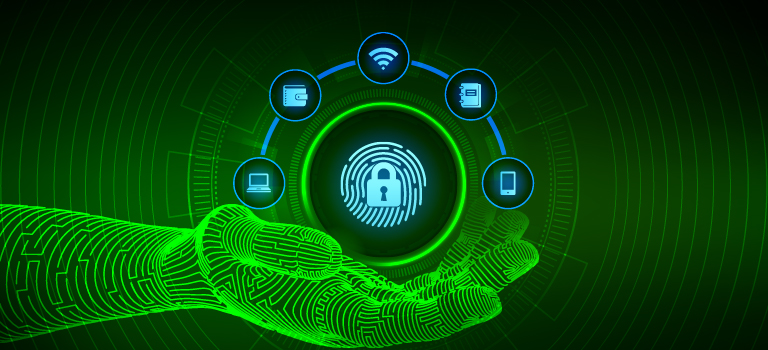Widespread transition to remote/hybrid work creates vast opportunities for cyber attackers. With much more data being stored in the cloud and employees toiling away in less-secure home-office environments, ransomware attacks have skyrocketed.
All told, ransomware struck 66% of midsize organizations in 2021, up from 37% the previous year according to the State of Ransomware 2022 report. As cybercriminals continue to disrupt businesses, the question is not if your organization will suffer an attack. Instead, the question is when.
Historically, CISOs have focused on building a moat around the castle through firewalls, antivirus solutions, multi-factor authentication, intrusion detection and prevention, and more. But these barriers are no longer good enough because most organizational data now resides outside the castle. Even after deploying layers and layers of defense, organizations are finding that they are still vulnerable to cyber-attacks and that their data is still getting compromised.
CISOs now need a 360-degree view of IT security to protect their data. That means expanding their focus to include data backup and recovery solutions and immutable storage that, until now, has not been a key focus. CISOs can no longer afford to treat these solutions as an afterthought. Instead, they must be a critical component of every cybersecurity strategy.
In reality, backup and recovery and immutable storage are the last critical line of defense. Indeed, a solid data protection plan can safeguard an organization’s mission-critical data and help CISOs secure their company against disruptions and cyber-attacks, thus minimizing damage to their operations.
That’s why there is a need to rebalance the overall approach to data security. CISOs need a better way to manage risk while at the same time optimizing their ability to recover data in the event of a disaster.
Here are the top three steps CISOs can take to balance the equation and integrate data protection into their cybersecurity plans.
1: Make sure you have a recovery plan
The first step in any cybersecurity strategy should be backing up critical data. But data backup alone is not enough. It would be best if you also had a plan to recover your data quickly and cost-effectively in the event of a cyber-attack. The truth is that without a well-thought-out recovery plan in place, you may be unable to properly restore the exact version of a file or folder following a data loss.
Here’s one way to think about data backup and recovery. Attempting to restore data without a solid recovery plan is like putting together a jigsaw puzzle after half the pieces have gone missing. It’s a recipe for disaster, especially during a crisis when you’re scrambling to save your data right now—because tomorrow could be too late. A good recovery plan can help you locate all the pieces and swiftly put them together at a time when every minute is vital and you don’t have a moment to lose.
2: Choose an immutable storage solution
A robust and reliable backup and recovery plan allow you to safeguard your data even if a cyber-attack victimizes you. A vital component of any such strategy is a storage solution that continually protects your data by taking snapshots every 90 seconds. These snapshots make it possible for you to go back to specific points in time before an attack and recover entire file systems in a matter of minutes. As a result, even if a cyber-attack is successful, your information will be quickly and easily recoverable to a very recent point in time.
Because your backup data is immutable—your data cannot be altered in any way, not by your administrators and not by ransomware — there will always be a series of recovery points, ensuring your data remains protected. This immutability can also bridge the security and the operational infrastructure teams, which have traditionally been siloed. That means these two groups can speak the same language and work together in the face of cyber threats.
3. Get a one-click recovery
CISOs need to do everything possible to minimize downtime in a cyber-attack. That’s why looking for a data protection system that is easy to deploy, simple to manage, and rocksteady even under the most harrowing circumstances is imperative.
Your data protection system should also deliver orchestrated recovery with a single click. In a cyber-attack, you should be able to recover confidently by safely spinning up copies of physical and virtual systems onsite and offsite in minutes—not hours or days.
An ideal data protection system will also use analytics to identify frequently used data that a business should always back up and less vital data that doesn’t have to be. This system gives organizations an intelligent, tiered data architecture that provides rapid access to mission-critical information. It also enables CISOs to save money on data storage while keeping their essential data safe from catastrophe.
Final Takeaway
Your data is your most important asset. If it’s compromised by ransomware, you’re dead in the water. That’s why you need to make data protection a crucial part of any cybersecurity strategy. With the right approach, your data will be quickly and easily recoverable even after an attack, and you’ll be able to survive anything the bad guys throw at you.
Ahsan Siddiqui
Tags: Cybersecurity, Data Security, Data Storage, Security


